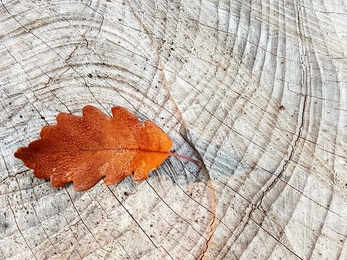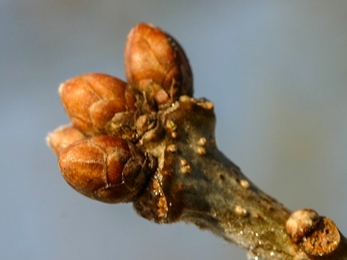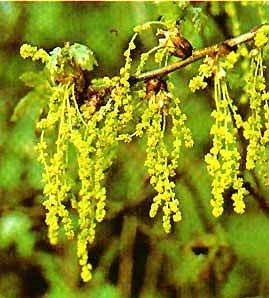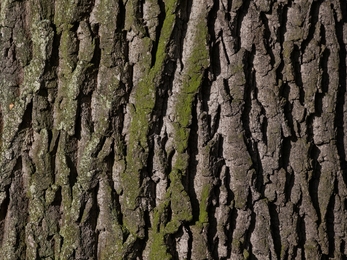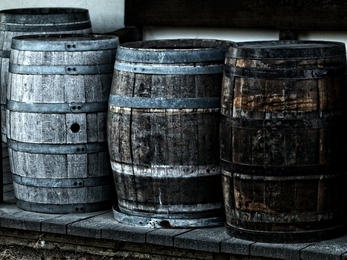How to identify an oak tree
The oak tree has a characteristic gnarly posture, with twisted arms that look as if they have spent thousands of years reaching out into space. In winter, the dark branches of an oak resemble veins and the little umbrellas of fainter twigs resemble capillaries.
The smooth bark of a young oak quickly becomes rough, dark and well fissured, reflecting the tree’s reputation for being the wise and elderly father of the forest. They live from 200-400 years, with some reaching as old as 800.
The buds of an oak are quite large and a brown-orange colour. They are arranged in clusters and each bud has at least three scales on it. The leaves of an oak are one of its most prominent features for identification. Its edges are neatly cut into around three lobes on each side, narrowing down to a very small stem.

